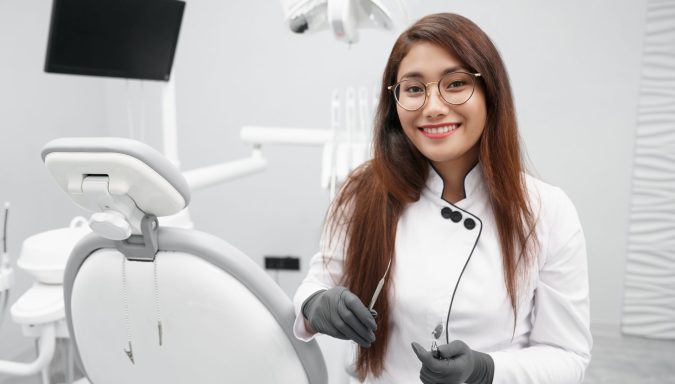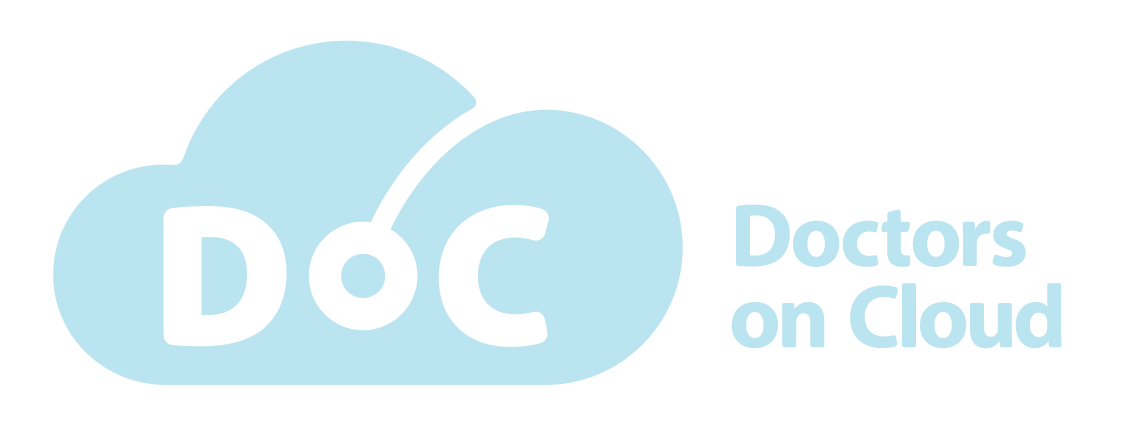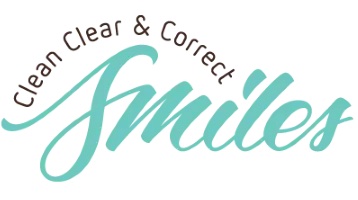Blog

The Role of Technology in Modern Orthodontic Treatment
GeneralTechnology has revolutionised the field of orthodontics, making treatment more comfortable, efficient, and effective than ever before. From digital imaging and 3D printing to robotic arms and AI-powered software, modern technology is playing a significant role in improving patient care and achieving optimal results.
Digital Imaging
Gone are the days of messy and uncomfortable dental impressions. Modern orthodontists utilise digital scanners to capture highly accurate 3D images of a patient’s teeth and jaws. This technology offers several advantages over traditional impressions.
- Accuracy
Digital scans provide a much clearer and more detailed picture of the teeth and jaws, allowing orthodontists to create more precise treatment plans. - Comfort
Patients no longer have to endure the discomfort of biting down on a tray filled with impression material. - Efficiency
Digital scans are processed quickly and easily, saving valuable time for both the orthodontist and the patient.
3D Printing
3D printing technology is playing a crucial role in modern orthodontics. It allows orthodontists to create custom-made appliances, such as retainers, splints, and even braces, with incredible precision and accuracy. This technology offers several benefits.
- Improved fit and comfort
Custom-made appliances are designed to fit each patient’s individual needs, resulting in a more comfortable and effective treatment experience. - Reduced treatment time
3D printed appliances can be adjusted and modified more easily than traditional appliances, potentially reducing the overall treatment time. - Enhanced aesthetics
3D printing allows orthodontists to create clear or tooth-coloured appliances that are more aesthetically pleasing than traditional metal braces.
Computer-Aided Design and Manufacturing (CAD/CAM)
CAD/CAM technology is used in conjunction with digital imaging and 3D printing to design and manufacture custom orthodontic appliances. This integrated approach offers several advantages.
- Precise planning
Orthodontists can use CAD software to create a virtual model of the patient’s teeth and jaws, allowing them to plan and visualise the treatment process in great detail. - Streamlined workflow
CAD/CAM technology can automate many aspects of the appliance design and manufacturing process, saving time and improving efficiency. - Improved accuracy
By combining digital imaging, CAD software, and 3D printing, orthodontists can create custom appliances with unparalleled accuracy and precision.
Robotic Arms
Robotic arms are starting to be used in orthodontic clinics for a variety of tasks.
- Archwire placement
Robotic arms can be programmed to accurately place archwires into braces, saving the orthodontist time and ensuring consistent results. - Treatment monitoring
Robotic arms can be equipped with cameras and sensors to monitor the movement of teeth during treatment, allowing orthodontists to make adjustments as needed. - Sterilisation
Robotic arms can be used to automate the sterilisation of orthodontic instruments, reducing the risk of infection.
AI-Powered Software
Artificial intelligence (AI) is making its way into the field of orthodontics in several ways.
- Diagnosis and treatment planning
AI algorithms can be used to analyse patient data and images to assist orthodontists in diagnosis and treatment planning. - Predictive modelling
AI can be used to predict the movement of teeth during treatment, allowing orthodontists to make adjustments and optimise the treatment plan. - Patient education
AI-powered chatbots and virtual assistants can be used to answer patients’ questions and provide educational materials about orthodontic treatment.
The Future of Orthodontic Technology
The field of orthodontic technology is constantly evolving, and new and innovative advancements are being introduced all the time. Some exciting developments on the horizon include.
- Tele Orthodontics
This technology allows patients to receive orthodontic care remotely, using virtual appointments and monitoring tools. - Self-ligating braces
These braces use a special mechanism that eliminates the need for elastic bands, making them easier to clean and maintain. - Biomaterials
New biomaterials are being developed that are stronger, more comfortable, and more aesthetically pleasing than traditional orthodontic materials.
Technology is playing an increasingly important role in modern orthodontic treatment, offering significant benefits for both patients and orthodontists. From digital imaging and 3D printing to robotic arms and AI-powered software, these advancements are making orthodontic treatment more comfortable, efficient, and effective than ever before. As technology continues to advance, we can expect to see even more innovative solutions that will revolutionise the field of orthodontics and improve the lives of patients around the world.









